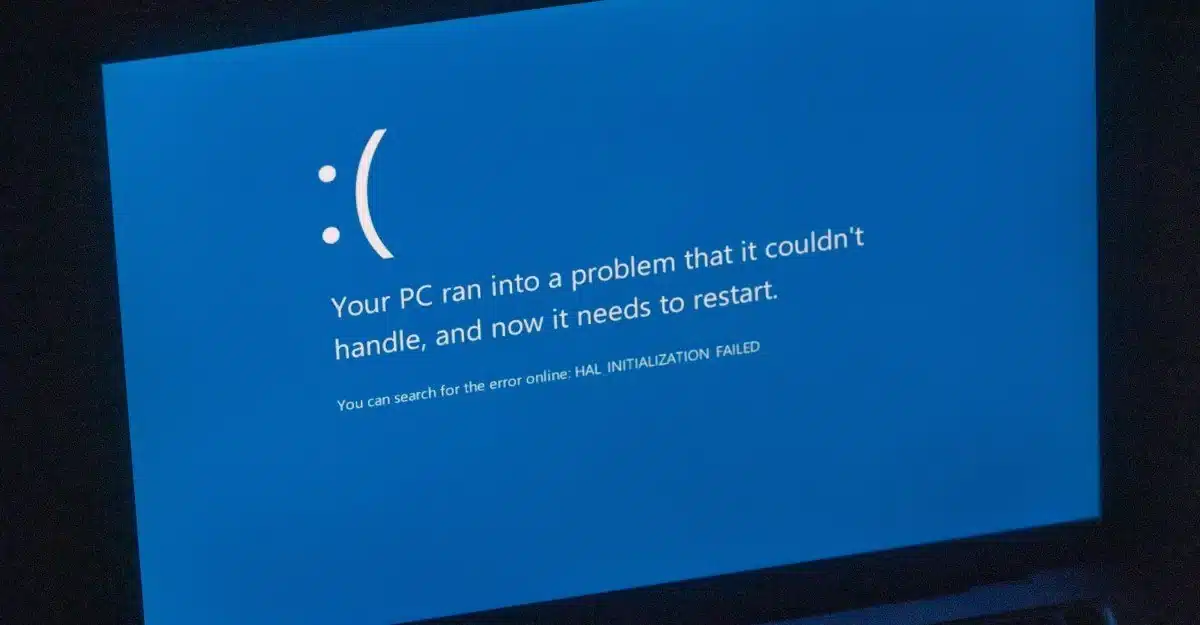Microsoft Transitions from Blue Screen of Death to Streamlined Black Screen

Microsoft is set to retire its iconic Blue Screen of Death (BSOD) in favor of a new black screen error message. This change, which aims to enhance user experience and provide more detailed crash information, is expected to roll out later this summer with the introduction of the Quick Machine Recovery feature. The new design will eliminate the familiar frown emoticon and offer IT administrators better insights into system failures.
Transition to the Black Screen of Death
In a recent interview with The Verge, David Weston, Microsoft’s Vice President of Enterprise and OS Security, confirmed that the BSOD will be replaced by a black screen on Windows 11. This redesign is anticipated to be available to users by August or September, aligning with the launch of the Quick Machine Recovery feature. The new black screen will simplify the error message interface, moving away from the traditional blue and the large frown emoji that has become synonymous with system crashes.
Earlier this year, Microsoft tested a green error screen with Windows Insiders, which provided a glimpse of the upcoming changes. The new black screen closely resembles this green version and is designed to look similar to the Windows 11 update screen. It will feature center-aligned text that informs users that their computer is restarting due to an error, along with a progress percentage indicating the status of crash log collection.
Enhanced Information for Users and Administrators
The redesigned black screen will not only present a cleaner look but also deliver crucial information to users. It will display a stop code that can be shared with system administrators, helping them diagnose the problem more efficiently. Additionally, the screen will specify which process failed, such as indicating issues with specific driver files like rdbss.sys. This level of detail aims to streamline troubleshooting and recovery processes, making it easier for IT teams to address system failures.
This update is part of Microsoft’s broader initiative to enhance Windows security and recovery options. The company has been working on improving these features following a significant technical glitch last year that left millions of Windows computers unbootable. By providing more informative error messages, Microsoft hopes to empower users and administrators to resolve issues more effectively.
A Historical Shift in Windows Error Messaging
The decision to phase out the BSOD marks a significant shift in Microsoft’s approach to error messaging, a feature that has been part of Windows for decades. The original BSOD was introduced in the early versions of Windows and has become a recognizable symbol of system errors. In 2021, Microsoft briefly tested a black version of the BSOD that still included a frown emoticon, but the current redesign completely removes this element.
As the company prepares to implement these changes, users can expect a more modern and user-friendly experience when encountering system errors. The transition to the black screen of death reflects Microsoft’s commitment to evolving its operating system and addressing user needs in an increasingly complex digital landscape. With these updates, Microsoft aims to enhance both user experience and system reliability in Windows 11.
Observer Voice is the one stop site for National, International news, Sports, Editor’s Choice, Art/culture contents, Quotes and much more. We also cover historical contents. Historical contents includes World History, Indian History, and what happened today. The website also covers Entertainment across the India and World.

